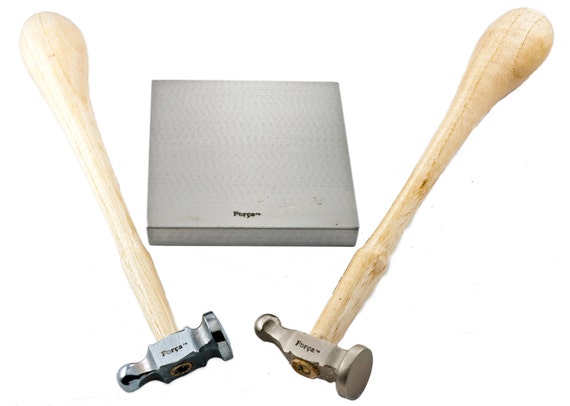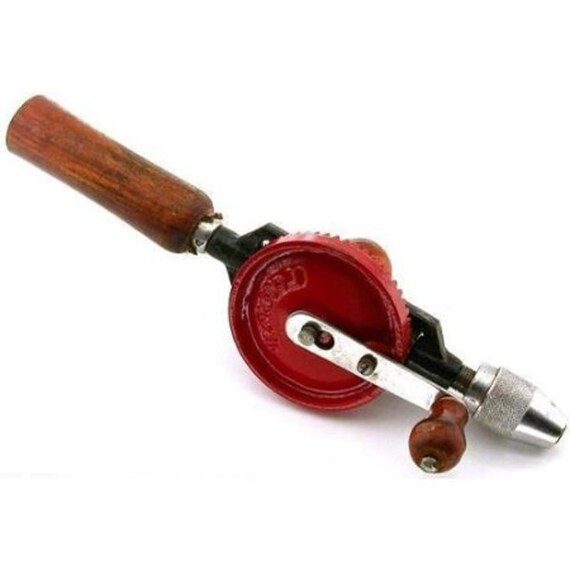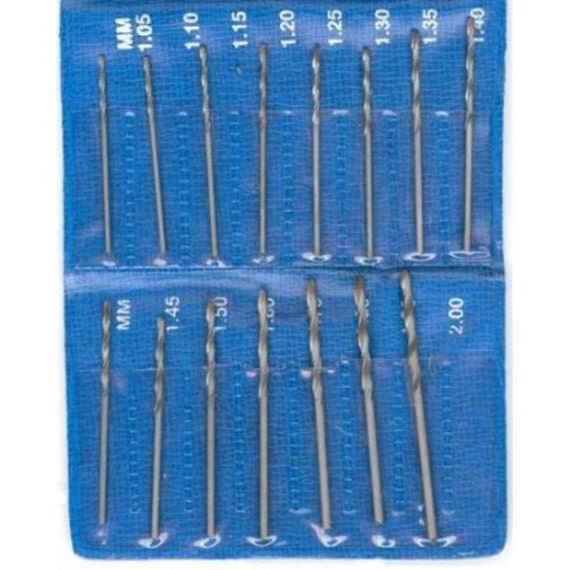 |
| Jewelry Jump Rings Making Pliers and Wire Cutters |
Which pliers you should use to make consistent Jump Rings and diverse ways how to cut them and which pliers to use for opening and closing jump rings.
Jump Rings:
What are Jump Rings? Before I wrote this article I was curious to check the meaning of Jump Rings and this is what I found:
noun
plural noun: jump rings
a wire ring made by bringing the two ends together without soldering or welding
Wikipedia said:
Jump rings are (usually metal) rings used to make chains, jewelry and chain maille.They are made by wrapping wire round a mandrel
to make a coil and then cutting the coil with a jeweler saw or wire cutters to make
individual rings. The rings can be assembled one by one into chains,
earrings, objects such as bowls or ornaments, and chain mail clothing.
The making of items from jump rings is called
chain maille ("
maille" is French for "
mesh").
probably this name was used since the Middle Ages in Europe when the Cavaliers wore a shirt of made of rings forming a mesh "maille"for Sporting ceremonial lancing matches.
My final conclusion is to think that this particular name "Jump Rings" comes from the fact that when you cut a coil of wire at the center with a jeweler saw or a a pair of wire cutters almost most of the time the rings separated from the coil jump away in different directions.
Jump rings can be described by the following qualities :
|
|
The thickness of the wire the ring is made from. Usually measured
according to American Wire Gauge standards or in millimeters, but SWG
(Standard Wire Gauge) may be used. |
|
|
Approximately the same as the outer diameter of the mandrel
used to create the rings, but the exact inner diameter will depend on
the degree to which the wire springs as it comes off the mandrel. |
|
|
The gap between the ends of the jump ring created by the cutting process |
|
|
Saw cut or pinched. The former produces a clean uniform cut whereas the latter is pinched and looks less attractive. |
|
|
The outer diameter of the ring, this is the same as (twice the gauge + the inner diameter). i.e with a Bail Making Pliers mandrel jaws of 6mm of diameter
your final diameter ring if you use a 18 gauge ~ 1.02mm wire is 6mm +
1.02mm x 2 = 8.04mm if you multiple this number by "Pi" ~ 3.1416 you
will get the length of wire you will need to cut to make one jump rings
in a coil = 25.24mm per ring x 10 rings = 252.4mm ~ 10" |
|
|
For example, anodized aluminum rings come in many colors. |
|
|
The common materials are Gold (or plated gold), Silver (or plated
silver), Aluminum, Brass, Stainless Steel, Copper, Niobium, and
Titanium. |
To make Jump Rings for Jewelry Making you need a Jewelry Round Nose Pliers. With this tool you are able to form and bend tight curves loops for jump rings, chain making and filigree work from 5mm ~ 1.5mm at the tips of the pliers.But, to make coils of wire in different diameter sizes, we have to use other types of pliers to make our work easier and more efficient.
There are several
Multi size looping pliers models which are used in jewelry making that are very helpful to make jump rings.
Master Coiling Pliers
I personally like to work with these unique pliers to make uniformly well shaped jump rings, clasps, post
earrings backs and other findings easily and efficiently because their flat jaw allows to tighten the wire precisely around the four stepped cylindrical barrels of different
sizes from 1.5mm to 5.5mm diameter without kinking or marring your wire. These pliers are all you need to create consistent and perfect small coils every time. I use
Parallel Snipe Chain Nose Locking Pliers and the
Parallel Flat Nose Locking Pliers for wider coils to hold them because these pliers have a locking knob which keep wire coils fixed in place and safe to cut them with a Jeweler's Saw.
Multi Size Wire Looping Pliers
With these pliers you can make multiple wire coils in six different sizes 2.0mm, 4.0mm, 7.0mm & 3.0mm, 5.0mm, 9.0mm. to make Ear Wires, Jump Rings in multiple
sizes, S Hook Clasps, Bails for Pendants Filigree work, Custom figure
eight links, S hook clasps, bails for pendants that are a difficult fit.
Using these pliers is easy and you can make of any kind of wire shape by wrapping and forming your connections around the jaws.
Bail Making Pliers
With these Bail Making Pliers you can create bails and wire twists by wrapping
wire around the jaws that are composed of two long cylindrical jaws with
different diameter in each jaw of the pliers which allow you to form
Jump Rings in multiple sizes, French Ear Wire, S Hook Clasps, Custom figures, Eight links, Bails for Pendant with larger coils to get more jump rings for the production of chains.
These pliers are made with different diameter jaws sizes of 1.5mm & 2.5mm , 4.0 mm & 6.00mm and 7.0mm & 9.0mm.
 |
| Jewelry Multi Size Wire Looping Pliers and Bail Making Pliers |
I made this Jewelry Set using these Bail Making pliers to make the connections for this Bracelet and Earrings with Sterling Silver wire gauge 16 ~ 1.32mm
Opening and Closing Jump Rings
After the coil of wire has been cut with wire cutters or with a jeweler's saw, the kerf of the rings become wide open and a little out of shape, and we need to manipulate them with a pair of pliers by the extremes of the wire ends which form the rings to reshape them to become circular again.
To open and closing jump rings in Jewelry Making the most used pliers are
Flat Nose Pliers,
Chain Nose Pliers or
Chain maille making pliers and
Bent Nose Pliers to manipulate the rings until both wire ends become tight close to form a circular shape.
There are other specialized
Jewelry Pliers to close Jump Rings easily without marring or scratching your wire like the picture on the left.
I hope that this little guide gives you a more clear scope of which pliers to use to make consistent and perfect Jump Rings every time for your future creations in Jewelry making.







































.jpg)